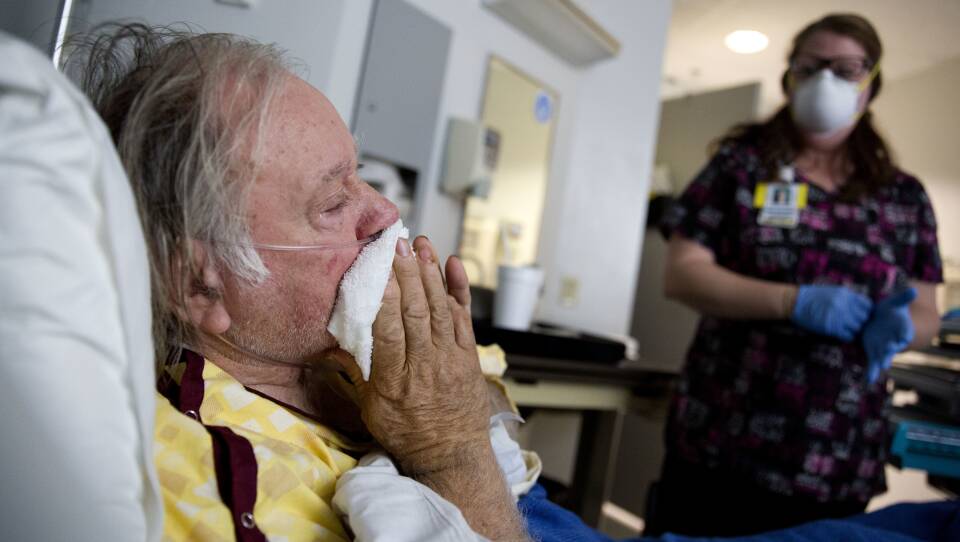Ads are flooding the airwaves from both sides of the contentious debate over imposing nurse staffing ratios that will appear as Question 1 on Massachusetts’ November ballot. Yet one key aspect is often overlooked: The fate of many community hospitals around the state will be decided by Boston-area voters who don’t receive care in those institutions.
Over two thirds of the state’s population lives in the Boston metropolitan area, which means most receive their care at well-resourced Boston-based hospitals. In fact, data show many in the suburbs travel into the city for care even when there is a high-quality, lower-cost option closer to home.
While a large portion of Boston-area voters already receive care at hospitals that can likely afford the nursing ratios or can at least pass on the extra costs to their privately insured patients, the tangible impact will be felt in hospitals around the state that don’t have these luxuries, such as those serving lower-income communities like New Bedford, Lawrence, and Fall River.
These communities have median incomes roughly $40,000-$50,000 lower than those in the Boston, Cambridge and Quincy area. To put this in perspective, the difference in median incomes is more than the median income in these lower-income cities. In other words, the two live in completely different economic and health care worlds.
Many of these lower-income communities have been ground zero for the opioid crisis, and access to health care can be hard to come by, as most individuals are on government insurance that reimburses providers at a lower rate. These cities are also the pockets of the state with the highest rates of uninsured residents. Whether this population is paying for themselves or pursuing the dream of private coverage, every additional dollar in health care costs reduces the likelihood that they will have access to care.
Both sides agree that if the ballot question passes it will add costs to the system, but supporters estimate the question would add $47 million, while the hospitals leading the opposition peg the cost at over $1 billion. The independent Health Policy Commission projects it would cost at least $676-$949 million annually.
While the numbers are big, the impact will be strongest on the ground; places like small specialty hospitals that treat some of the Commonwealth’s most vulnerable children and teens. Razor thin margins become even harder to manage once mandated ratios are introduced.
Furthermore, in the one state that has nurse staffing ratios, California, they have not been shown to improve the quality of care.
Nurses face many public policy issues that need to be addressed. For example, state restrictions on “scope-of-practice” that limit the kinds of services that well-trained nurses can provide. However, a one-size-fits-all solution to nurse staffing is not an issue that makes the cut, whether through legislative action or a referendum. Perhaps that explains why nurse ratio proposals have lingered on Beacon Hill for decades.
One thing is clear: Each additional dollar allocated to a set ratio is a dollar that is unavailable for charity care, the appropriate provider for a sick patient (that may or may not be a nurse), or to help a small business hire a new employee (because higher health care costs mean higher health insurance premiums).
On November 6th, the fate of Question 1 will come down to Boston-area progressive and independent voters thinking long and hard about how their vote will impact hospitals they will never enter, serving populations they care about, but from whom they are far removed in terms of geography, economics and access to care.
Josh Archambault is a Senior Fellow at Pioneer Institute, a nonpartisan Massachusetts think tank.




